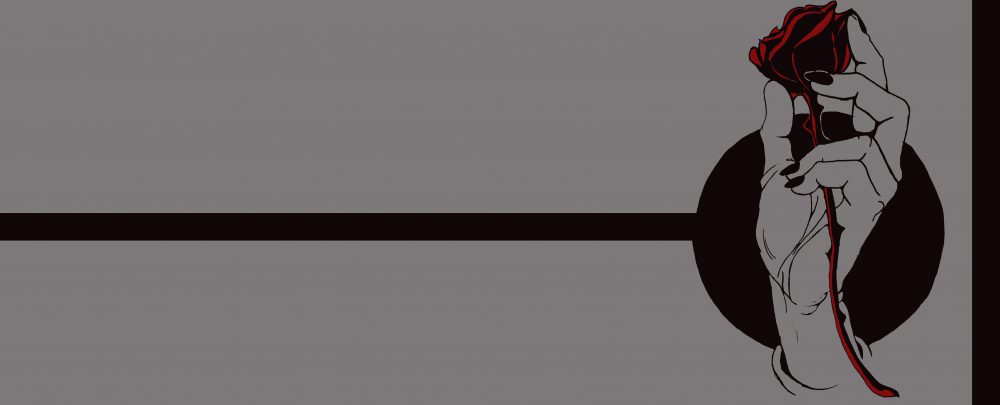Dziga Vertov’s 1929 ‘Man with a Movie camera’ is an experimental documentary in the Soviet Union, concentrating on different aspects of the city from its people to the machinery used by the people, to his own camera. His goal was to capture “life unaware” where there were no stages, no actors, no scenarios, this was his way of displaying “absolute truth” to the viewers. By choosing to stay away from fiction which at the time all conveyed the same soviet ideology, he managed to convey a more honest representation of daily life in the Soviet Union.
Within Vertov’s film he experimented with a wide and yet effective range of editing and filming techniques, these only added to the effectiveness of the film as it made the movie much more digestible for the audience. Some of the techniques he used are jump cuts, fast and slow motion, dutch angles, stop motion, double exposure and ect. A particularly effective technique was the use of horizontal split screens, this allowed him to stack thematically related film together while being shot at different angles. An example of this is when he uses a close up shot of a camera as a platform for a cameraman, this creates a very complex final image, because of this the screens do not compete for the viewers attention and rather work together to produce one coherent shot. A scene like this also implies how important the camera is to the cameraman, being the foundation and inspiration of Verotv’s work, giving the audience a sense of dependency. In my response I also committed to a horizontal split screen, the shots I chose were thematically similar and represented part of the journey I went through in the making of my response. Both shots consist of moving past multiple houses, however they are played back at a different speed and are moving in different directions, in an attempt to convey the journey I went through, similarly to how Vertov shows birth and death right next to each other. This did not turn out as effective as I would have hoped.
Another filmmaking technique that Vertov used that was effective was the use of reverse motion, although not used much throughout the film the shots he chose to use were complimented by this effect, an example of this is the chess pieces being reversed back into their starting positions, this implied that the game would be played again and again without having to show. Within my response I have also used reversed motion to achieve a similar result, however instead of chess pieces I used a shot of a busy street consisting of cars and busses from a high angle which I then reversed to imply that these journeys will be repeated, this as a final result was very effective. The reason I chose this shot was because of the high angle as it allowed the audience to lose some sense of scale which meant that they will only pay attention to the direction and speed of the cars.
Throughout “Man with a Movie camera” there is constant juxtaposition, a glaring example of this is a wealthy woman is shown being pampered meanwhile a poor woman is working in a mine. This showed how different life can be for two people living in a soviet city could be, this was very effective as it made the audience think where do they fit in the picture. When putting my response together I also decided to do this, however the theme is different rather than concentrating on people, I focused on the environment I traveled through to complete my journey. The three shots I chose were a train, a car park and pathway in a park, I then cut these three shots and put them in a order, this highlighted the juxtaposition of the urban setting to the nature setting however I also decided to remove any color from the urban settings as it will only push the juxtaposition forward.
In attempting to make a response to Vertov’s “Man with a Movie camera”, I developed a different way of thinking about how to combine and edit different shots in order to develop a more complex and coherent final result. I believe that my response to “Man with a Movie camera” was effective, however if this experiment was to be repeated I would film more places and at different times to have more choices which would lead to a better overall film.
Bibliography
https://www2.bfi.org.uk/news-opinion/news-bfi/features/five-wonderful-effects-man-movie-camera
https://www.rogerebert.com/reviews/great-movie-man-with-a-movie-camera-1929
